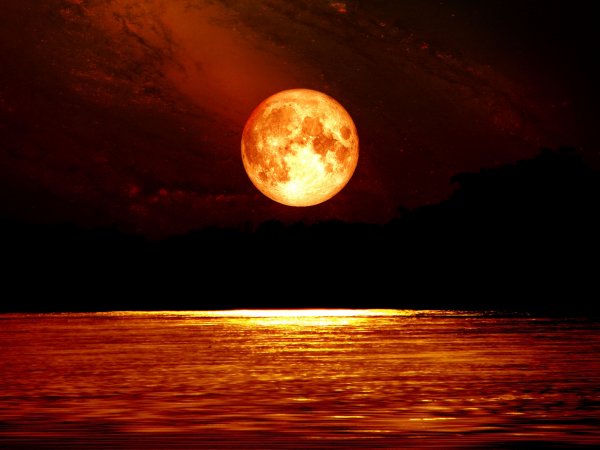Get Ready For The Super Blood Wolf Moon On January 21
Tags: opinion

By Mayukh Saha,
Being the Earth’s natural satellite, we get a lot of opportunities to study the fascinating changes that the Moon goes through and the effect those changes have on us. Each change is also given an appropriate name which is also quite cool. Upon reaching the perigee, or the point at which it is as close as it can get to the Earth, the moon is termed as a super moon due to the fact that it appears larger in size and seems to glow brighter. The terminology changes to blood moon whenever there is an eclipse caused by the Earth’s shadow as the moon then takes on a reddish hue.
In January of 2019, the moon will be at its closest point to the Earth as well as eclipsed by the Earth’s shadow. This combination of a super moon and a blood moon has been named as the Wolf Moon and when everything is put together, the moon gets the truly kickass name of Super Blood Wolf Moon. Those living in the Americas, along with some others in certain locations of Asia, Europe, and Africa are the fortunate ones, who will be able to witness the Moon going dark before taking on a shade of crimson on the 20th of January.
Starting at 10.33 PM EST, or at 3.33 AM on 21st January, if calculated according to GMT, the moon will move into the shadow of the Earth. By 11.41 PM EST or 4.41 AM GMT, a red color will start creeping up over the moon and it will be completely eclipsed. The process will reach its peak about forty-five minutes later and will go on for another half hour. After this, the moon will gradually move out from under the Earth’s shadow.
We experience Lunar eclipses every time the Moon reaches a point where the Earth blocks it from the sun. When this happens, the sun’s rays are filtered through the atmosphere of the Earth causing a scattering of the light. The Moon reflects this light and in short, the red shade we see happens in the same way the sun turns red while it is setting.
Due to the difference in the planes of the Moon’s orbit and the Earth’s orbit around the Earth and the Sun respectively, we don’t see Lunar and Solar eclipses very often. They can only take place when ‘syzygy’ occurs between the Earth, Moon, and the Sun. This is the name given by astronomers for the moment when all these celestial bodies are perfectly aligned with one another in a straight line. For you to be able to view an eclipse the Sun, the Earth, and the Moon will have to fall into a perfectly straight line and you have to be located in a place where there is good visibility for the eclipse.
Over the course of this century, we’ll see 87 lunar eclipses and only a little over a half of these will occur when the moon is at its closest point to the Earth. Given that the moon only reaches this position once during its orbit, it is not surprising that a Super Moon is also not a frequent occurrence and the sight of a Super Moon and a Blood Moon together is rarer still. We were lucky to see a combination of the two just last January and we are luckier still to be able to see another one in such a short time. Those who can’t view the upcoming lunar eclipse will end up waiting for a long time because next event will take place after another two years.
Image credit: 123RF
Leave Comment: